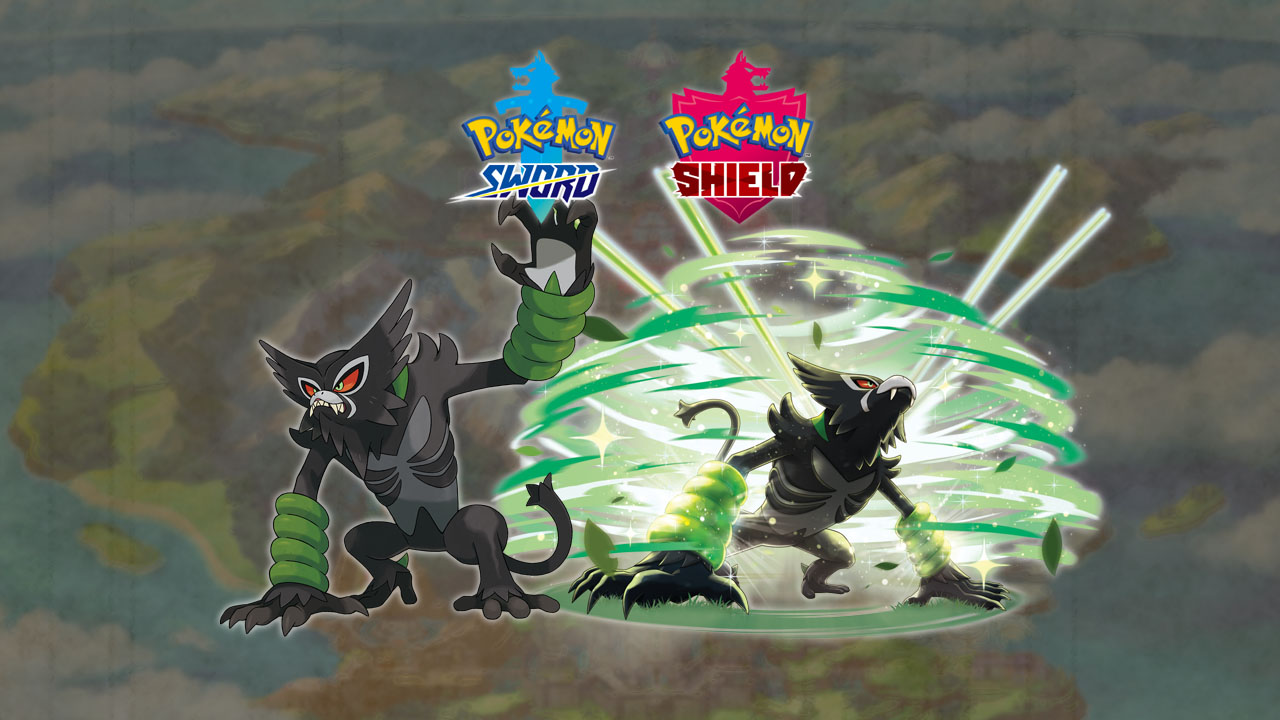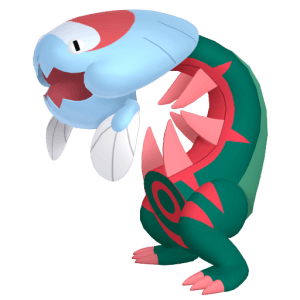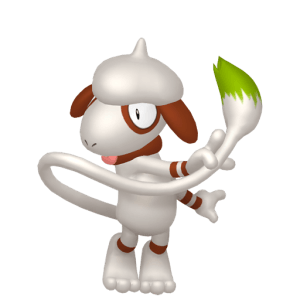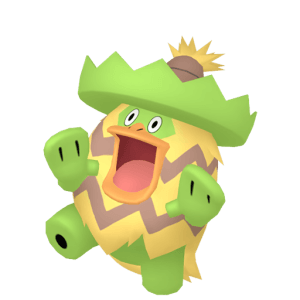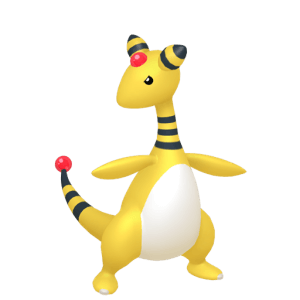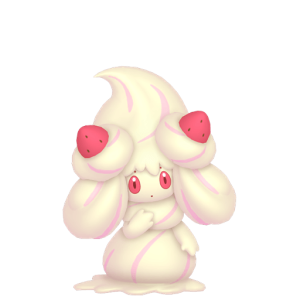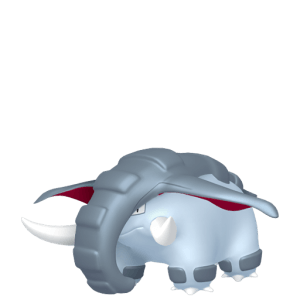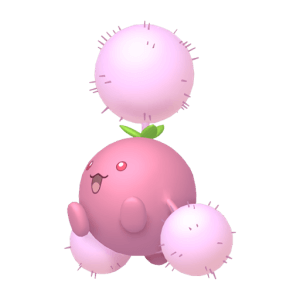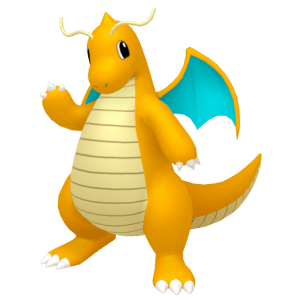In this recurring series, I’ll analyze the origins of Pokémon designs, their culture, and their historical allusions to British culture.
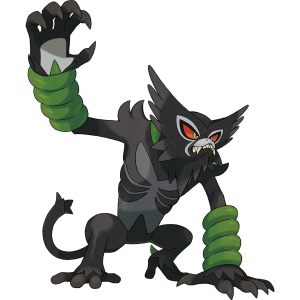
On Pokémon Day 2020, one of the mythical Pokémon of the eighth generation was revealed. The Rogue Monkey Pokémon Zarude. It’s name originates from a romanization of its Japanese name, which itself is a combination of “saru”, for monkey, and “rude”. Its demeanor relates to its Dark/Grass-typing.
Visually Zarude seems to resemble a baboon, both sharing canine teeth, hairless muzzles, and short tails. Baboons also tend to be aggressive to each other during mating and aggressive to those outside their troop, which can be in sizes of dozens to a few hundred.
A Grass-type monkey may seem redundant. The eighth generation also introduced Grookey, which ultimately evolves into Rillaboom. Rillaboom and Zarude are both simians, an infraorder that encompasses all higher primates. From this, baboons are in the family Cercopithecidae in the genus Papio, while gorillas are in the family Hominidae in the genus Gorilla.
Pansage is a Grass-type monkey that was introduced in the fifth generation. While it’s also a primate, it seems to be closer to a leaf monkeys, langurs, which are of the genus Trachypithecus. While of the same family as baboons, they are notably different in appearance. Additionally leaf monkeys are herbivores while baboons will also eat fish and small mammals.
The concept of a beast, with dog-like and monkey-like features, does appear in English mythology. In Cambridgeshire, there is a mythical Shug Monkey which has a “jet-black shaggy sheepdog” body and a face “of a monkey with staring eyes”. Zarude does have jet-black fur and some dog-like features.
There is another instance of an ape being part of British lore. The Carew Castle in southwestern Wales has a story of an ape owned by Sir Roland Rhys that went on a rampage and now haunts the castle. It’s said to emit loud howls at night.
Within dense forests, this Pokémon lives in a pack with others of its kind. It’s incredibly aggressive, and the other Pokémon of the forest fear it.
Once the vines on Zarude’s body tear off, they become nutrients in the soil. This helps the plants of the forest grow.
Like baboons, Zarude tend to live in packs and has an aggressive nature. Zarude, as a Grass-type, is able to use the vines around its arms which it uses to swing through the forest. The vines are then able to be recycled and reused by the forest to sustain itself, serving as a form of compost.
Zarude is then able to take advantage of this forest growth later on through its signature move Jungle Healing.
The user becomes one with the jungle, restoring HP and healing any status conditions of itself and its ally Pokémon in battle.
The move restores the HP of itself and any allies it has, as well as restoring their status conditions. In using the move, Zarude conjures vines that burrow themselves into the earth. These vines serve as roots, which are generally used to absorb water and inorganic nutrients from the ground to allow a plant to grow. The cycle of its vines replenishing the forest and then using that replenishment for itself shows that Zarude is a critical part of the local ecosystems.
Dada Zarude
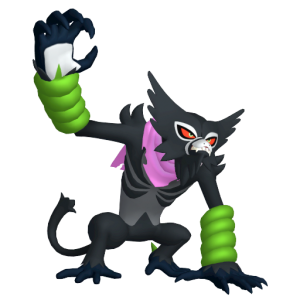
While the Pokédex suggests that Zarude are found in packs, the only one known is an individual found in the twenty-third movie: Koko. This Zarude finds a young human which is raises independently. The ‘Dada’ wears a cloth around its neck with the number 251 that the child finds comforting. Typically female baboons take care of their young, although Zarude is genderless Pokémon species.
The Dada form is programmed into the video games, with a distinct Pokédex entry:
This Zarude left its pack to raise a human child. The cloth Zarude would wrap the child with has a comforting scent that calmed the child’s crying.
This Zarude’s special strength stems from its love and care for an orphaned human child that the Pokémon has raised since the child’s infancy.
It’s not known how to get this separate form, as the movie-related distribution is just of a standard Zarude. Additionally, we haven’t seen it in action as the movie won’t premiere until the twenty-fifth of December.
Conclusion
Most primates live in jungles, so a Grass-type affinity makes sense in the same way that most birds are Flying-type and fish are Water-type. Among the many Pokémon based on primates, Zarude stands out for its design inspiration on baboons and for its status as a mythical Pokémon. By the end of the year we should expect to see more of it in the next movie, and learn of distributions around the world.
Let us know what you think of this Mythical Pokémon in the comments below! Don’t forget to join our Discord server for trades, battles and all sorts of Pokémon discussions!

